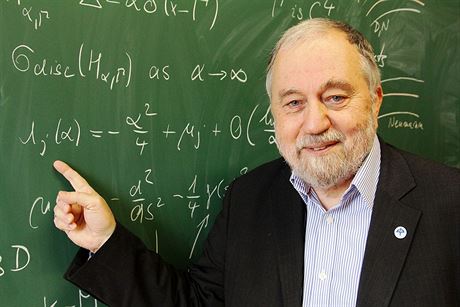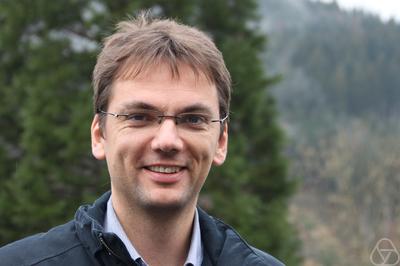
Conference poster
This spring I had an opportunity to visit the UK and to participate in the conference “Operators, Operator Families and Asymptotics” which was held from May 16th to May 19th, 2016. The conference was hosted by the University of Bath and supported by the LMS, the EPSRC and the Bath Institute for Mathematical Innovation.
Looking at the conference title one could expect the meeting of researchers working in abstract operator theory and related “complicated” areas. In reality the aim was different – to bring together researchers applying various techniques of operator theory to the asymptotic analysis of parameter-dependent differential equations and boundary-value problems. The physical meaning of these parameters depends on the situation modelled by the equation. For example, in case of a strongly inhomogeneous media this parameter plays the role a characteristic scale of the microstructure (so, one deals with a problem belonging to homogenization theory). The meeting aimed at making an overview of the state of the art in this rapidly developing area. Continue Reading →


